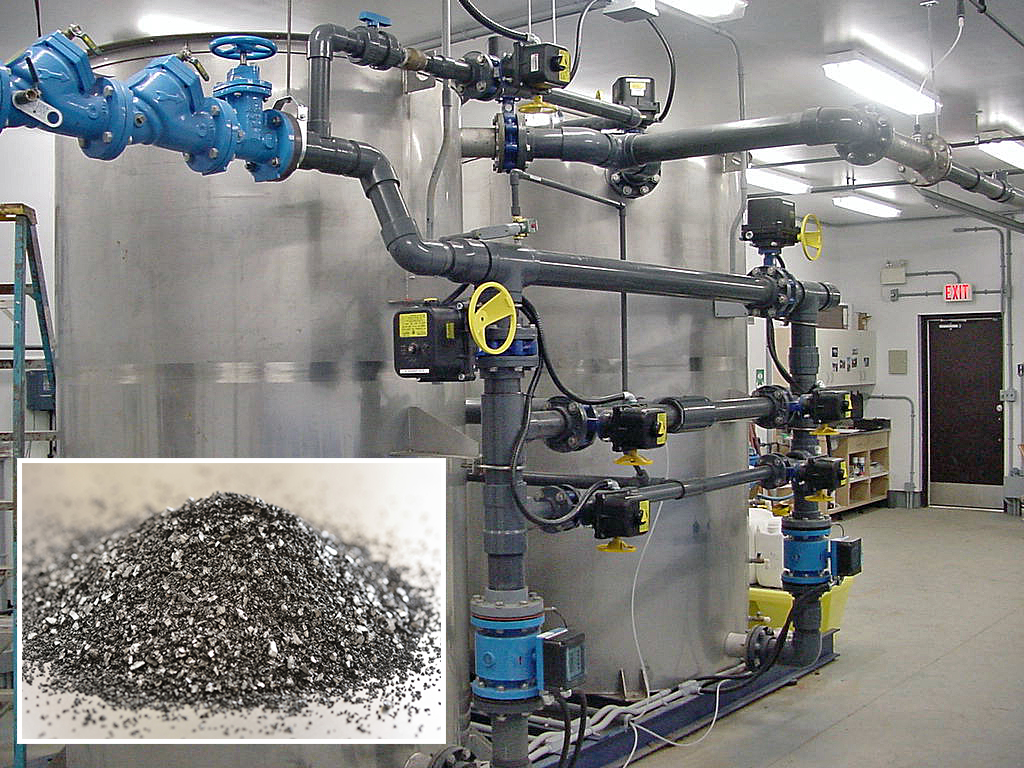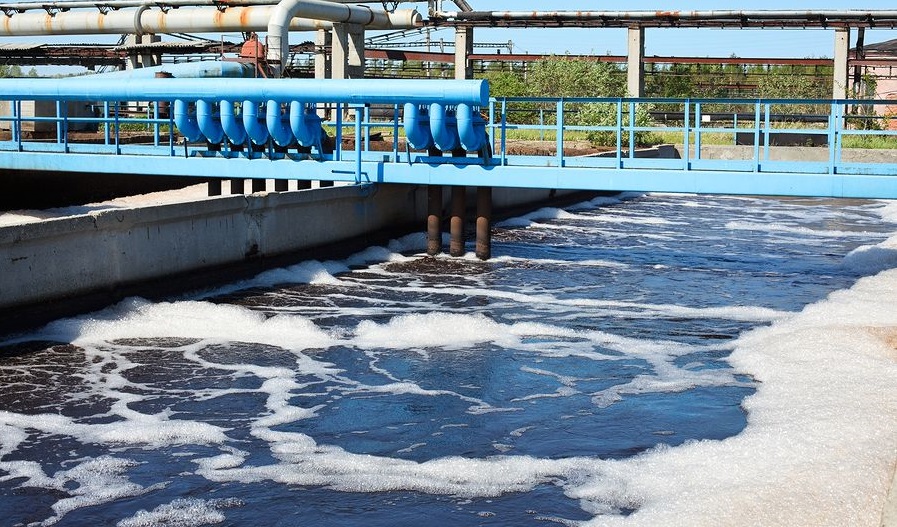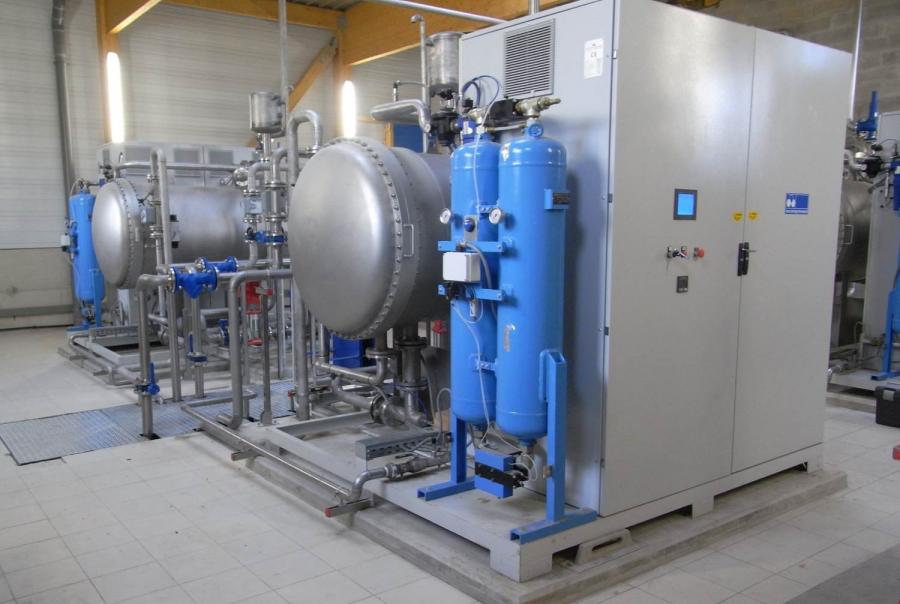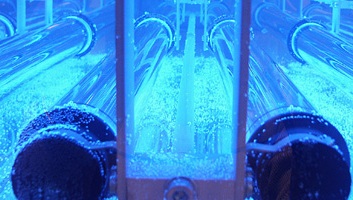A physical process that is typically applied as tertiary treatment to remove low concentrations of contaminants from water that are difficult to remove by other means. Activated carbon has been processed to make it extremely porous, thereby creating a very large surface area available for adsorption of contaminants. Activated carbon may have a surface area as great as 1500 m2/g.
TERTIARY TREATMENT PLANTS
This third and last step in the basic wastewater management system is mostly comprised of removing phosphates and nitrates from the water supply. Substances like activates carbon and sand are among the most commonly used materials that assist in this process.
Wastewater treatment may entail a bit more than these three steps, but they are the basis of how traditional wastewater treatment facilities operate. The more you know about the process, the more ideas you’ll be able to cultivate in order to make a positive change and enhance it.
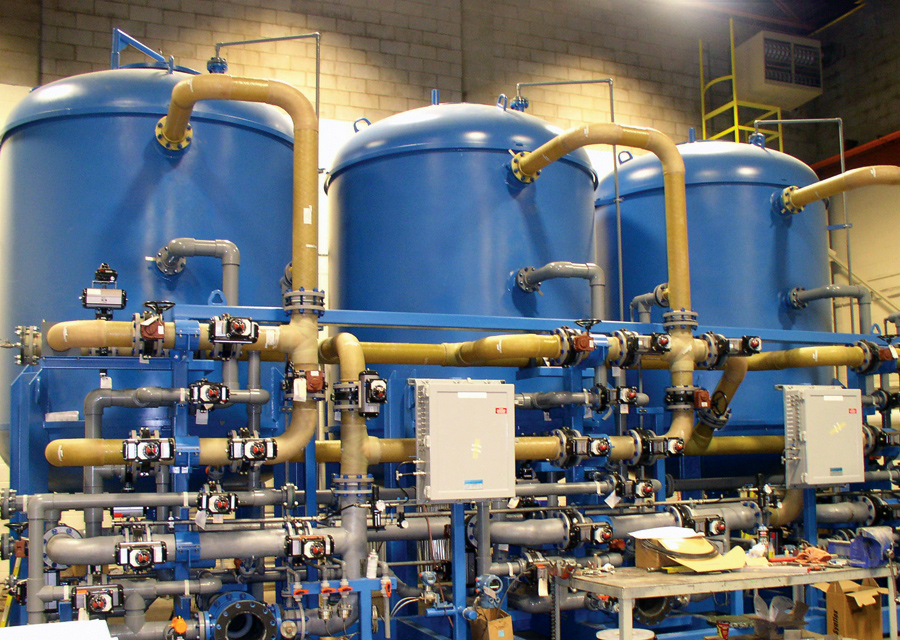
Ion exchange is a reversible chemical reaction used to remove ions from water and wastewater. An ion in solution, such as ammonium, copper, calcium, magnesium, and many others, is exchanged for a similarly charged ion attached to an immobile solid ion exchange particle. These solid ion exchange particles are either naturally occurring inorganic zeolites or synthetically produced organic resins.

